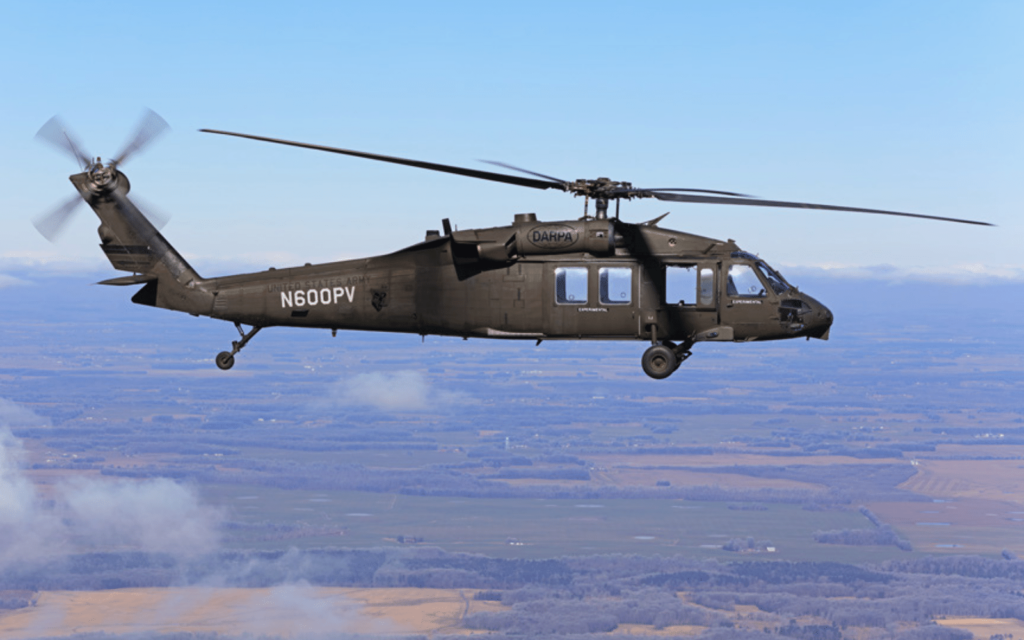Welcome to the age of the optionally piloted vehicle, or OPV. A UH-60A Black Hawk helicopter was, earlier this month, successfully flown at the US Army’s Fort Campbell in Kentucky. This normally isn’t a big deal, but this time there was no pilot inside.
In fact, there was nobody inside the military transport at all. The series of flights over the US military base on 5 February was remotely monitored but nothing was undertaken with any human intervention.
Building a better Black Hawk
This isn’t the first we’ve heard of an autonomous helicopter. Ingenuity, NASA’s Martian explorer, is just such a creation. But it doesn’t have to implement weapons systems, electronic countermeasures, and armour the way the Earth-bound UH-60A Black Hawk does. Ingenuity has its own problems, but avoiding enemy gunfire isn’t one of them.
The autonomous flight was made possible by the Black Hawk’s creator Sikorsky, a division of Lockheed Martin, and the Defence Advanced Research Projects Agency (DARPA). Specifically, the Aircrew Labor In-cockpit Automation System, or ALIAS. That name definitely didn’t start from the acronym and work its way backwards.
The automation software was combined with Sikorsky’s MATRIX kit, which was retrofitted into the UH-60A, to enable autonomous flight. The helicopter completed two 30-minute flights, one on 5 February and the other on 7 February. They were wholly unmanned. Everything from takeoff to landing was handled by onboard systems while humans watched anxiously from a ground monitoring station. It even managed a little collision avoidance run.
The point is to eventually let pilots concentrate more on mission parameters and less on actual flight. It’ll also make dangerous landings a little easier, by sending in a chopper that doesn’t have any humans on board. The plan is to use ALIAS “…to support execution of an entire mission from takeoff to landing, including autonomously handling contingency events such as aircraft system failures.” Which, in its own way, is entirely terrifying. It’s just a short step from unmanned resupply missions to wholly unpiloted gunships. We shouldn’t have to explain why that’s incredibly scary.




